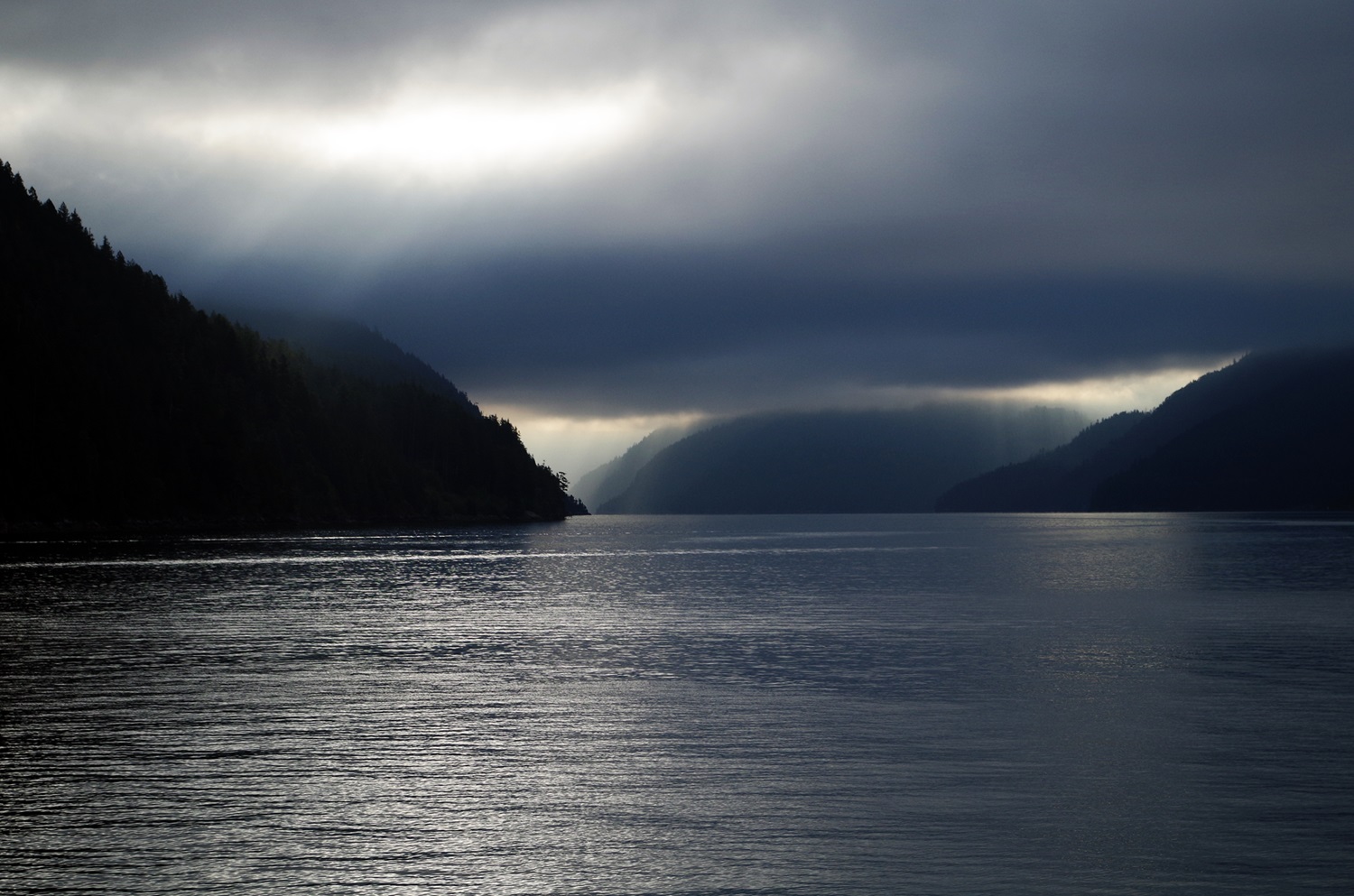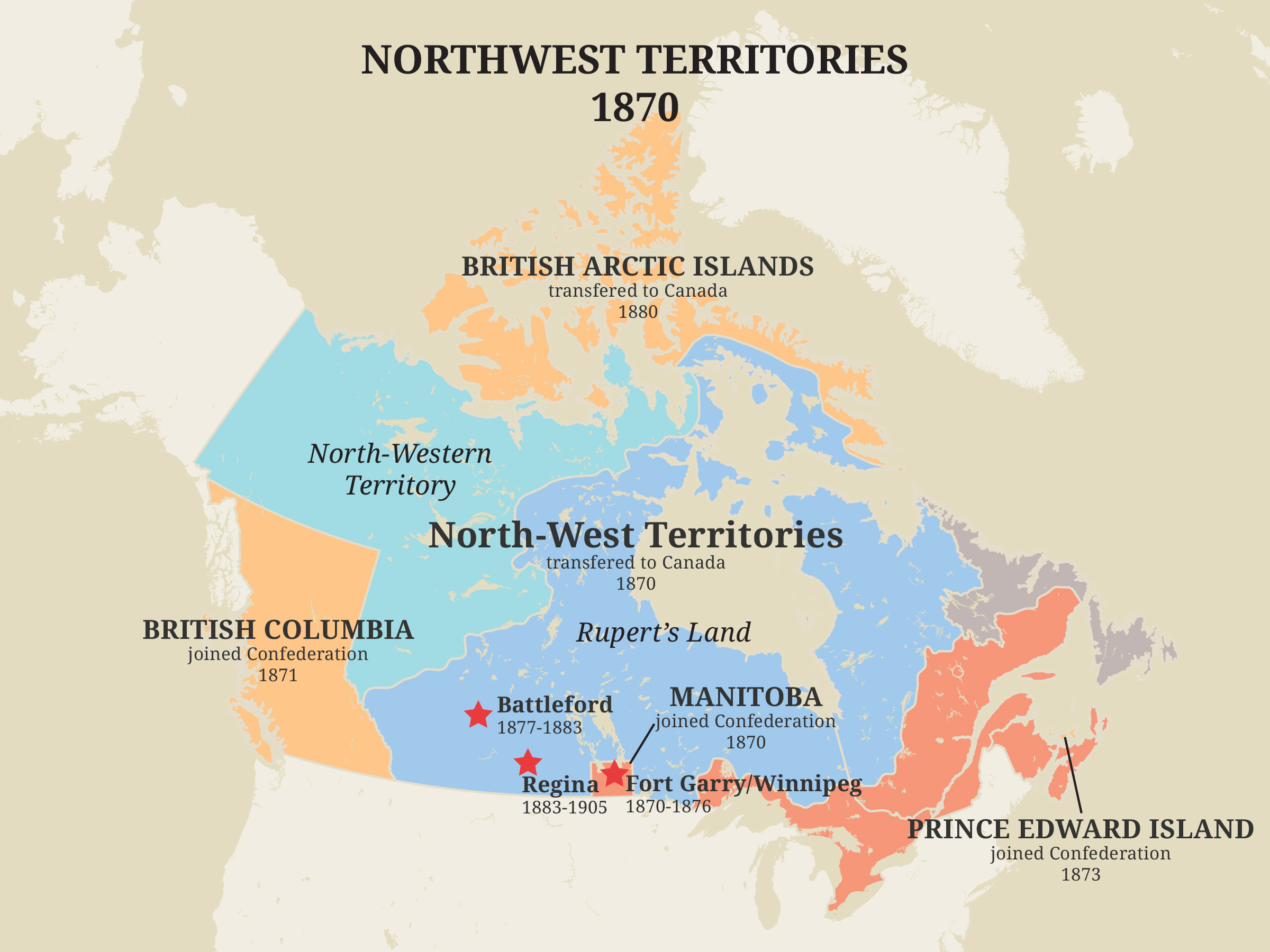Browse "Politics & Law"
-
Article
Newfoundland Bill
The people of Newfoundland rejected Confederation in 1867, choosing to remain a British colony until 1948, when a majority of voters indicated their willingness to join Canada.
"https://development.thecanadianencyclopedia.ca/images/tce_placeholder.jpg?v=e9dca980c9bdb3aa11e832e7ea94f5d9" // resources/views/front/categories/view.blade.php
https://development.thecanadianencyclopedia.ca/images/tce_placeholder.jpg?v=e9dca980c9bdb3aa11e832e7ea94f5d9
-
Editorial
Editorial: How the “Canadianized” Community of Newfoundland Joined Canada
The following article is an editorial written by The Canadian Encyclopedia staff. Editorials are not usually updated. When the Parliament Buildings in Ottawa were repaired after a fire during the First World War, stone plaques were erected over the entrance to the Peace Tower. There were ten of them — nine bearing the coats of arms of the provinces and one left bare, to await the day when Newfoundlandjoined Canada.
"https://development.thecanadianencyclopedia.ca/images/tce_placeholder.jpg?v=e9dca980c9bdb3aa11e832e7ea94f5d9" // resources/views/front/categories/view.blade.php
https://development.thecanadianencyclopedia.ca/images/tce_placeholder.jpg?v=e9dca980c9bdb3aa11e832e7ea94f5d9
-
Article
Newfoundland Loggers' Strike
The Newfoundland Loggers' Strike began 31 December 1958 when hundreds of loggers employed by Anglo-Newfoundland Development Co at Grand Falls struck for wage increases and for improvements in living conditions at wood camps.
"https://development.thecanadianencyclopedia.ca/images/tce_placeholder.jpg?v=e9dca980c9bdb3aa11e832e7ea94f5d9" // resources/views/front/categories/view.blade.php
https://development.thecanadianencyclopedia.ca/images/tce_placeholder.jpg?v=e9dca980c9bdb3aa11e832e7ea94f5d9
-
Macleans
Newfoundland Royal Commission Applauds Confederation
The NEWFOUNDLAND list of grievances is long and true. The province's fish are gone, its hydro power has been developed for the benefit of Quebec, its offshore oil revenues are filling Ottawa's coffers more than its own, and its young and talented are leaving at a huge clip.This article was originally published in Maclean's Magazine on July 14, 2003
"https://development.thecanadianencyclopedia.ca/images/tce_placeholder.jpg?v=e9dca980c9bdb3aa11e832e7ea94f5d9" // resources/views/front/categories/view.blade.php
https://development.thecanadianencyclopedia.ca/images/tce_placeholder.jpg?v=e9dca980c9bdb3aa11e832e7ea94f5d9
-
Article
Niagara Purchase
The Niagara Purchase of 1781, also known as Treaty 381, was one of the first land agreements between Indigenous peoples and British authorities in Upper Canada (later Ontario). It resulted in a six-and-a-half kilometre-wide strip along the west bank of the Niagara River, which connects Lake Erie and Lake Ontario, being made available for settlement by Loyalists who were displaced by the American Revolution. The Niagara Purchase was one of many agreements made in the 1700s and 1800s, which are collectively known as the Upper Canada Land Surrenders.
"https://d2ttikhf7xbzbs.cloudfront.net/NiagaraLate1700s.jpg" // resources/views/front/categories/view.blade.php
https://d2ttikhf7xbzbs.cloudfront.net/NiagaraLate1700s.jpg
-
Article
Nickle Resolution
The Nickle Resolution, passed in 1919 by the House of Commons, directed that the practice of bestowing titles of honour by foreign governments on Canadians be discontinued. The policy was reaffirmed in 1968 by the government of Prime Minister Lester B.
"https://development.thecanadianencyclopedia.ca/images/tce_placeholder.jpg?v=e9dca980c9bdb3aa11e832e7ea94f5d9" // resources/views/front/categories/view.blade.php
https://development.thecanadianencyclopedia.ca/images/tce_placeholder.jpg?v=e9dca980c9bdb3aa11e832e7ea94f5d9
-
Article
Non-Partisan League
The Non-Partisan League was an agrarian protest movement imported into Canada from North Dakota in 1915. The league became a political force in the Prairie provinces after its 1916 victory in the North Dakota state election. A number of leading urban radicals, including J.S.
"https://development.thecanadianencyclopedia.ca/images/tce_placeholder.jpg?v=e9dca980c9bdb3aa11e832e7ea94f5d9" // resources/views/front/categories/view.blade.php
https://development.thecanadianencyclopedia.ca/images/tce_placeholder.jpg?v=e9dca980c9bdb3aa11e832e7ea94f5d9
-
Article
Nootka Sound Controversy
The Nootka Sound Controversy involved the competing claims of Spain and Britain for control of trade and navigation on the Northwest Coast and in the Pacific Ocean, 1789-94.
"https://d2ttikhf7xbzbs.cloudfront.net/nootkasound/Nootka-Sound.jpg" // resources/views/front/categories/view.blade.php
https://d2ttikhf7xbzbs.cloudfront.net/nootkasound/Nootka-Sound.jpg
-
Article
NORAD
The North American Aerospace Defense Command (NORAD) was a pact made in 1957, at the height of the Cold War. It placed under joint command the air forces of Canada and the United States. Its name was changed in 1981 to the North American Aerospace Defense Command, but it kept the NORAD acronym. Canada and the US renewed NORAD in 2006, making the arrangement permanent. It is subject to review every four years, or at the request of either country. NORAD’s mission was also expanded into maritime warnings. The naval forces of the two countries remain under separate commands.
"https://d2ttikhf7xbzbs.cloudfront.net/media/media/efca000f-abb8-4a6f-881e-e39e4ee2882f.jpg" // resources/views/front/categories/view.blade.php
https://d2ttikhf7xbzbs.cloudfront.net/media/media/efca000f-abb8-4a6f-881e-e39e4ee2882f.jpg
-
Article
North-South Institute
The North-South Institute is an independent, nonprofit corporation established in 1976 to conduct professional and policy-relevant research on Canada's relations with developing countries.
"https://development.thecanadianencyclopedia.ca/images/tce_placeholder.jpg?v=e9dca980c9bdb3aa11e832e7ea94f5d9" // resources/views/front/categories/view.blade.php
https://development.thecanadianencyclopedia.ca/images/tce_placeholder.jpg?v=e9dca980c9bdb3aa11e832e7ea94f5d9
-
Article
North-West Mounted Police
The North-West Mounted Police (NWMP) was the forerunner of Canada's iconic Royal Canadian Mounted Police. Created after Confederation to police the frontier territories of the Canadian West, the NWMP ended the whiskey trade on the southern prairies and the violence that came with it. They helped the federal government suppress the North-West Resistance and brought order to the Klondike Gold Rush. The NWMP pioneered the enforcement of federal law in the West, and the Arctic, from 1873 until 1920.
"https://d2ttikhf7xbzbs.cloudfront.net/media/media/9a255267-0aad-4dff-bdcd-57cfec136787.jpg" // resources/views/front/categories/view.blade.php
https://d2ttikhf7xbzbs.cloudfront.net/media/media/9a255267-0aad-4dff-bdcd-57cfec136787.jpg
-
Article
North-West Resistance
The North-West Resistance (or North-West Rebellion) was a violent, five-month insurgency against the Canadian government, fought mainly by Métis and their First Nations allies in what is now Saskatchewan and Alberta. It was caused by rising fear and insecurity among the Métis and First Nations peoples as well as the white settlers of the rapidly changing West. A series of battles and other outbreaks of violence in 1885 left hundreds of people dead, but the resisters were eventually defeated by federal troops. The result was the permanent enforcement of Canadian law in the West, the subjugation of Plains Indigenous Peoples in Canada, and the conviction and hanging of Louis Riel.
"https://d2ttikhf7xbzbs.cloudfront.net/media/media/44b2bd9e-c62a-4a72-b6a8-029e1173ce70.jpg" // resources/views/front/categories/view.blade.php
https://d2ttikhf7xbzbs.cloudfront.net/media/media/44b2bd9e-c62a-4a72-b6a8-029e1173ce70.jpg
-
Article
North-West Territories (1870–1905)
The North-West Territories was the first Canadian territory. It was Established on 15 July 1870. As a territory, the region became part of Canada. But it lacked the population, economic and infrastructure resources to attain provincial status. It thus fell under the jurisdiction of the federal government. It covered a vast area, stretching west from a disputed boundary with Labrador, across the northern portions of present-day Quebec and Ontario, through the Prairies to British Columbia, and north from the 49th parallel to the Arctic Ocean. The territory was subject to numerous boundary changes before 1905. At that time, the provinces of Saskatchewan and Alberta were carved out of the southwest portion of the region. In 1906, the remaining territory was renamed the Northwest Territories.
"https://d2ttikhf7xbzbs.cloudfront.net/media/media/1ca2e02a-e2e8-4709-acee-5581d6051d5c.jpg" // resources/views/front/categories/view.blade.php
https://d2ttikhf7xbzbs.cloudfront.net/media/media/1ca2e02a-e2e8-4709-acee-5581d6051d5c.jpg
-
Article
North-West Territories Act
The North-West Territories Act, passed by the Liberal government of Alexander Mackenzie in April 1875, was an attempt to improve government administration and direct the development of the North-West Territories. Established in 1870, the North-West Territories was the first Canadian territory. It covered a vast area, stretching from Labrador to the Rocky Mountains and from the forty-ninth parallel to the Arctic Ocean.
"https://d2ttikhf7xbzbs.cloudfront.net/media/media/7f8e8aa1-65a4-4e8b-8c6b-8b660a36a8c7.jpg" // resources/views/front/categories/view.blade.php
https://d2ttikhf7xbzbs.cloudfront.net/media/media/7f8e8aa1-65a4-4e8b-8c6b-8b660a36a8c7.jpg
-
Macleans
Northern Ireland Riots
Richard Sterritt sounds sleepy after a night spent manning a Loyalist barricade in the Northern Irish border county of Armagh. But his voice swells when he's asked to describe the sound of a Lambeg drum. "It sounds like a church bell," he says of the ringing beat from the 45-lb.This article was originally published in Maclean's Magazine on July 22, 1996
"https://development.thecanadianencyclopedia.ca/images/tce_placeholder.jpg?v=e9dca980c9bdb3aa11e832e7ea94f5d9" // resources/views/front/categories/view.blade.php
https://development.thecanadianencyclopedia.ca/images/tce_placeholder.jpg?v=e9dca980c9bdb3aa11e832e7ea94f5d9
